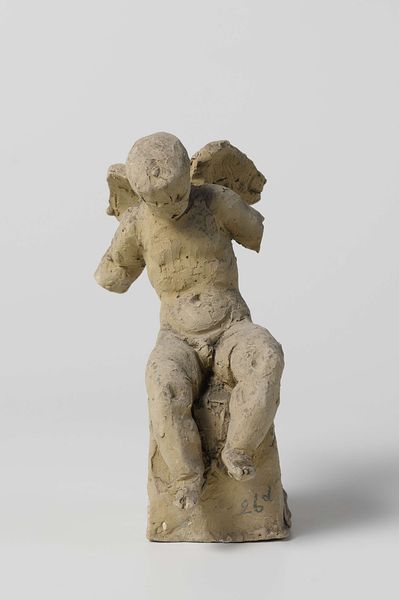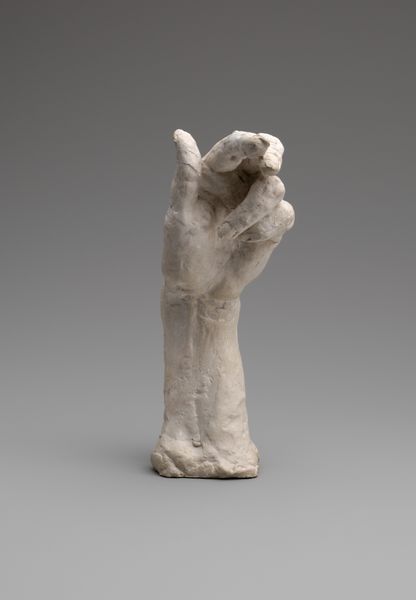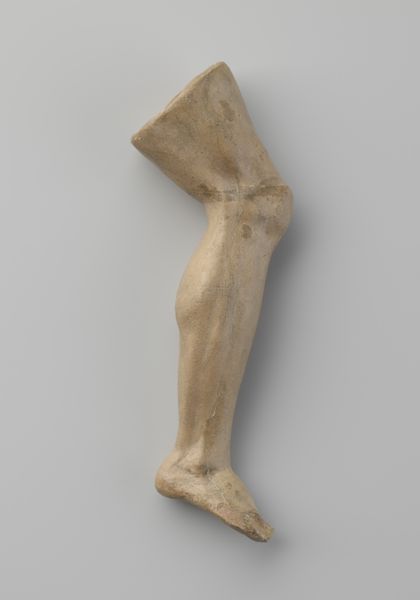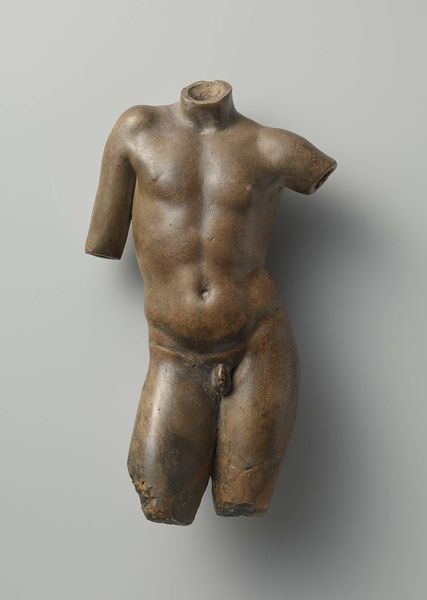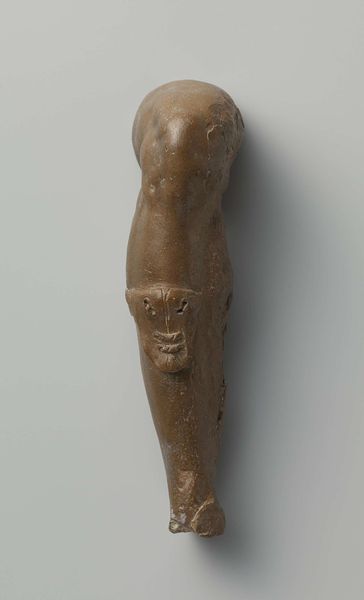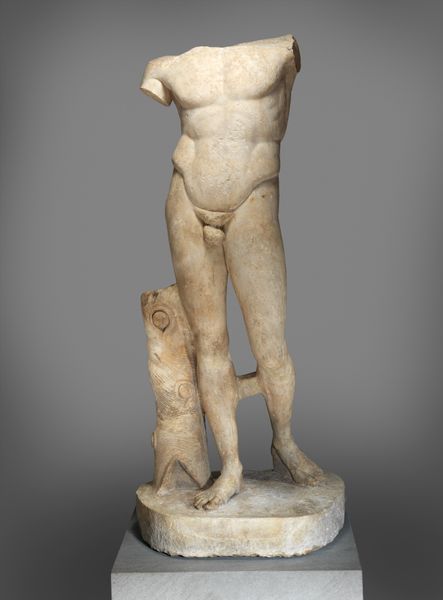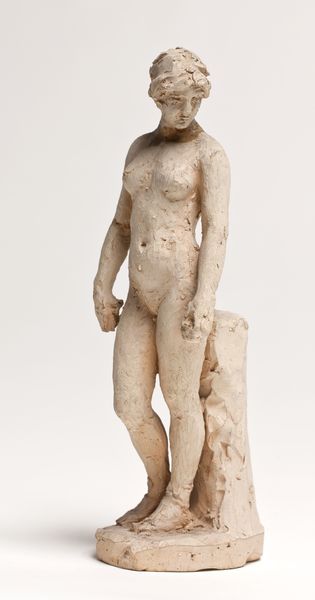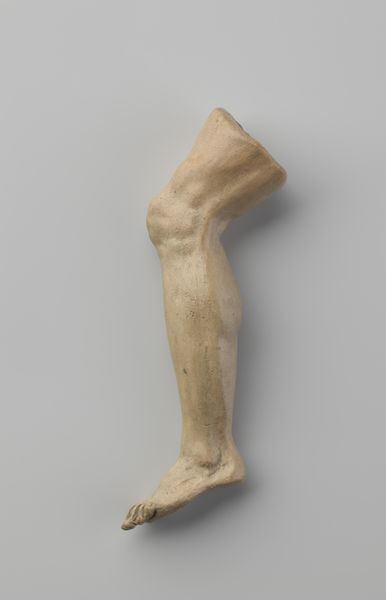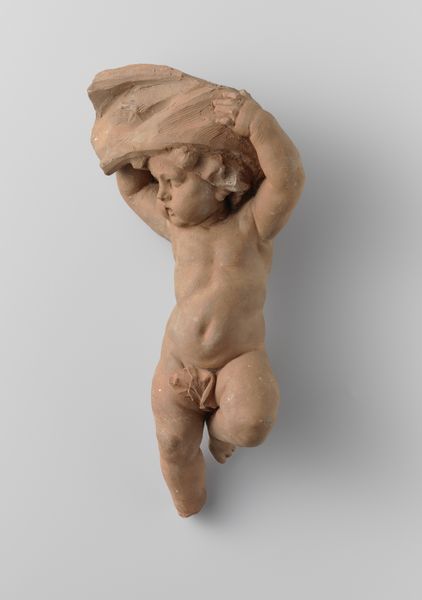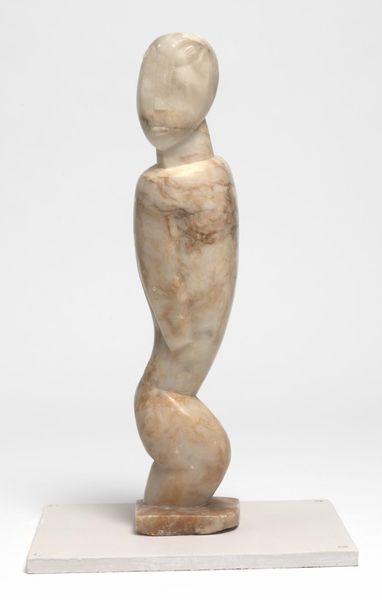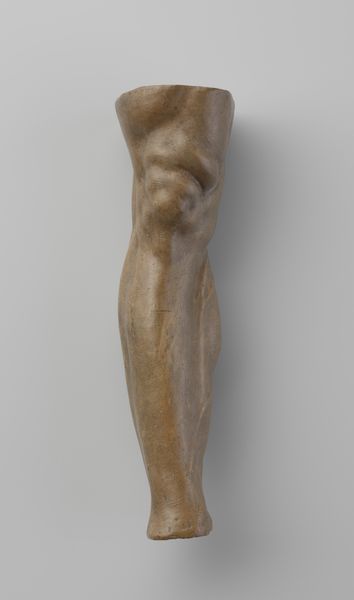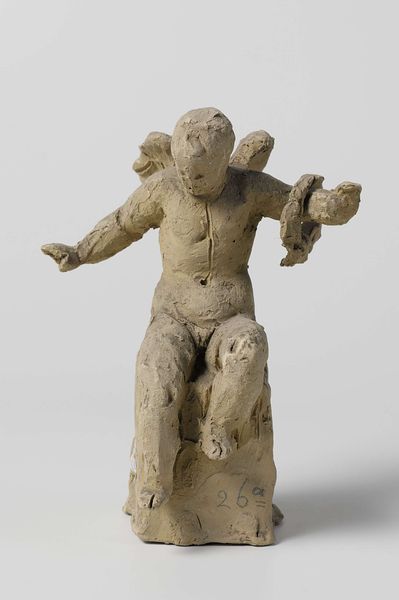
bronze, sculpture
#
portrait
#
bronze
#
figuration
#
sculpture
#
italian-renaissance
Copyright: Rijks Museum: Open Domain
Curator: Let's turn our attention now to these "Study Models of Parts of the Body," made before 1570. They are attributed to Johan Gregor van der Schardt, and reside here at the Rijksmuseum. The artist worked them in bronze. Editor: My immediate impression is one of classical fragmentation. The deliberate severing of limbs and head renders it incomplete, a sort of brutal dissection, doesn’t it? Curator: Precisely! And yet the muscularity and proportion adhere to High Renaissance ideals of human anatomy. Notice the attention given to the rendering of the pectorals, the abdominal muscles. There is a careful understanding of volume and spatial relationships. Editor: It feels less about a glorification of form, more like an attempt to compartmentalize and understand it, almost scientifically. Was there an appetite for these partial human bronzes in that era, a demand perhaps from artistic ateliers to learn about the human body, like artistic anatomy school models? Curator: Indubitably, particularly during the Renaissance, such sculptures served pedagogical functions within workshops. We see the re-emergence of classicism in both art and science driving a greater curiosity for these models. The politics of the body becomes an important public function. Editor: One wonders if these works also challenge conceptions of the classical heroic nude by their fragmentary state? Rather than presenting a whole idealized figure, these parts of the body emphasize the processes of anatomical study and artistic production. They reflect how sculpture and anatomy intersected. Curator: Most certainly. Consider, also, that bronze was prized both for its durability and its capacity to hold incredibly fine detail. In handling the surface, look closely at the finish of the metal: each contour and plane is rendered with intent and sophistication, it's about light and shadows on each surface. Editor: The fragmented presentation challenges classical norms. As objects of study, their incomplete nature speaks volumes about the process of learning and creating. An approach still found in contemporary figurative sculptures. Curator: An apt observation that provides much to consider regarding what constitutes the artistic ideal.
Comments
rijksmuseum about 2 years ago
⋮
This group of small models of parts of the body are carefully copied after famous sculptures, in particular by Michelangelo, in Florence and Rome. They came from the workshop of the Nijmegen sculptor Johan Gregor van der Schardt, who had a successful career in Italy, Nuremberg, and Copenhagen. They are extremely rare examples of the, in part autograph, study material of a 16th-century sculptor.
Join the conversation
Join millions of artists and users on Artera today and experience the ultimate creative platform.
